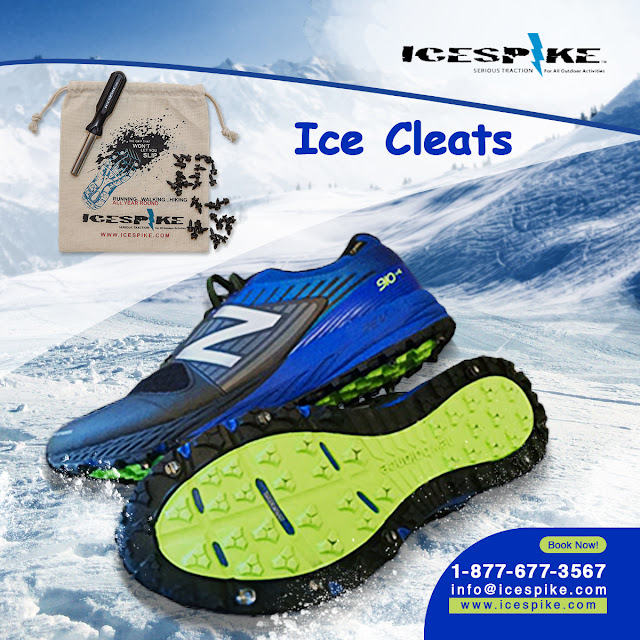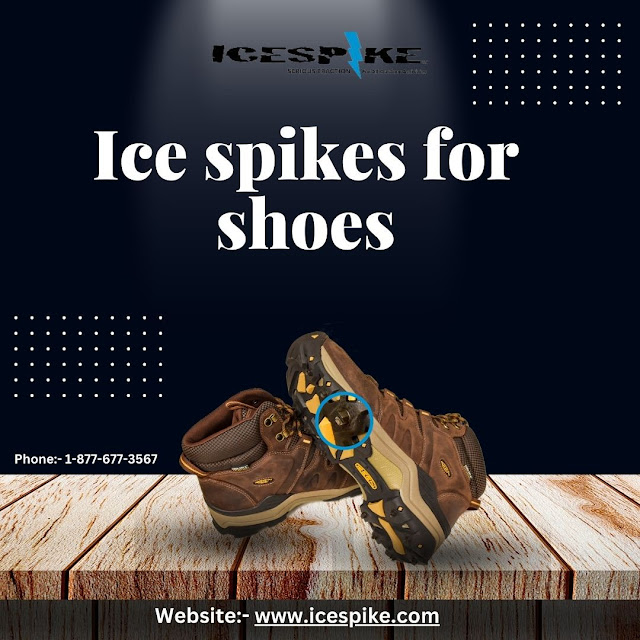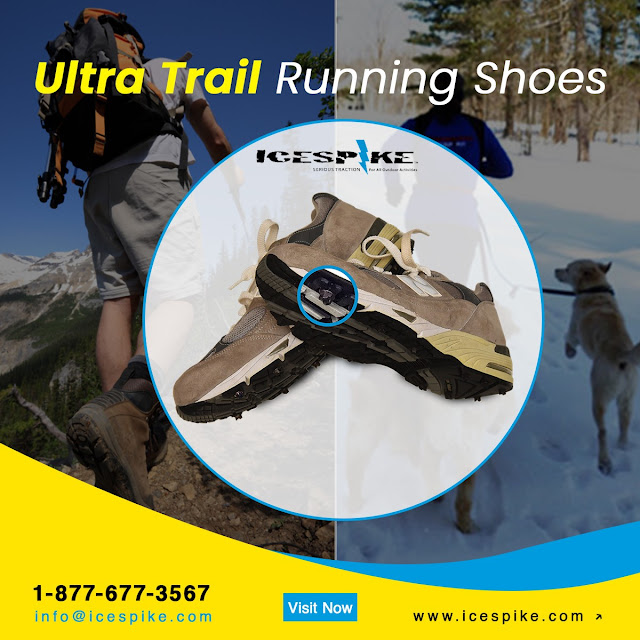How Shoe Traction Systems Adapt to Different Conditions?
Picking the right shoes for different activities is important, and one key thing to think about is how well they grip the ground. Shoe traction is all about how good your shoes are at giving you a strong hold on different surfaces. It doesn't matter if you're hiking on bumpy ground, running on a rainy street, or playing sports on a grassy field having the right kind of grip on your shoes can keep you safe and help you perform better.
When it comes to ensuring excellent shoe traction on icy and slippery surfaces ice cleats for shoes are a vital accessory that can provide much-needed grip and stability. In this blog, we'll look at how shoe traction system are made to work well on all sorts of surfaces.
Understanding Shoe Traction Systems
Shoe traction is achieved through the use of specialized outsole patterns and materials. These components work together to enhance grip, prevent slippage, and provide stability in different environments.
Outsole Patterns:
Shoes designed for specific activities often feature unique outsole patterns that cater to the demands of that particular sport or activity. Here are some common outsole patterns and their use in different conditions:
Herringbone Pattern: This pattern features a series of interconnected hexagonal shapes that resemble the bones of a fish. It is commonly used in basketball shoes, as it provides excellent traction on both indoor and outdoor courts.
Waffle Pattern: This pattern consists of a series of square or rectangular depressions and raised squares, resembling a waffle. It is commonly found in running shoes and offers good traction on a variety of surfaces.
Studded Pattern: This pattern incorporates small studs or spikes on the outsole to provide enhanced grip on soft surfaces like grass or mud. It is commonly used in soccer and football cleats.
Outsole Materials:
The choice of outsole material also plays a crucial role in determining traction. Here are some commonly used materials and their suitability for different conditions:
Rubber: Rubber outsoles are popular due to their durability, flexibility, and excellent traction. They provide a reliable grip on both dry and wet surfaces which makes them suitable for a wide range of activities.
Carbon Rubber: This material offers enhanced durability and traction which makes it ideal for trail running shoes and hiking boots. It provides excellent grip on rugged terrains and uneven surfaces.
Gum Rubber: Gum rubber outsoles are sticky and offer exceptional traction on indoor surfaces like basketball courts. They are designed to provide maximum grip to prevent slipping during quick movements.
How Shoe Traction Systems Adapt to Different Conditions
Shoe traction system are engineered to adapt to various conditions, ensuring optimal grip and stability. Here's how they achieve this:
Multi-Directional Grooves: Many outsoles feature multidirectional grooves that allow for better flexibility and traction in multiple directions. These grooves help to prevent slippage and improve stability when moving in different directions, such as during quick turns or lateral movements in sports.
Siping: Siping refers to the process of creating small grooves or cuts on the outsole surface. These grooves enhance the shoe's ability to grip slippery surfaces by channeling water away, thereby reducing the risk of hydroplaning.
Specialized Tread Patterns: Shoe traction systems utilize specialized tread patterns that are designed to excel in specific conditions. For example, lugs with deep grooves are ideal for muddy terrains, while shallow, closely spaced lugs provide better grip on hard surfaces like pavement.




.jpg)
Comments
Post a Comment